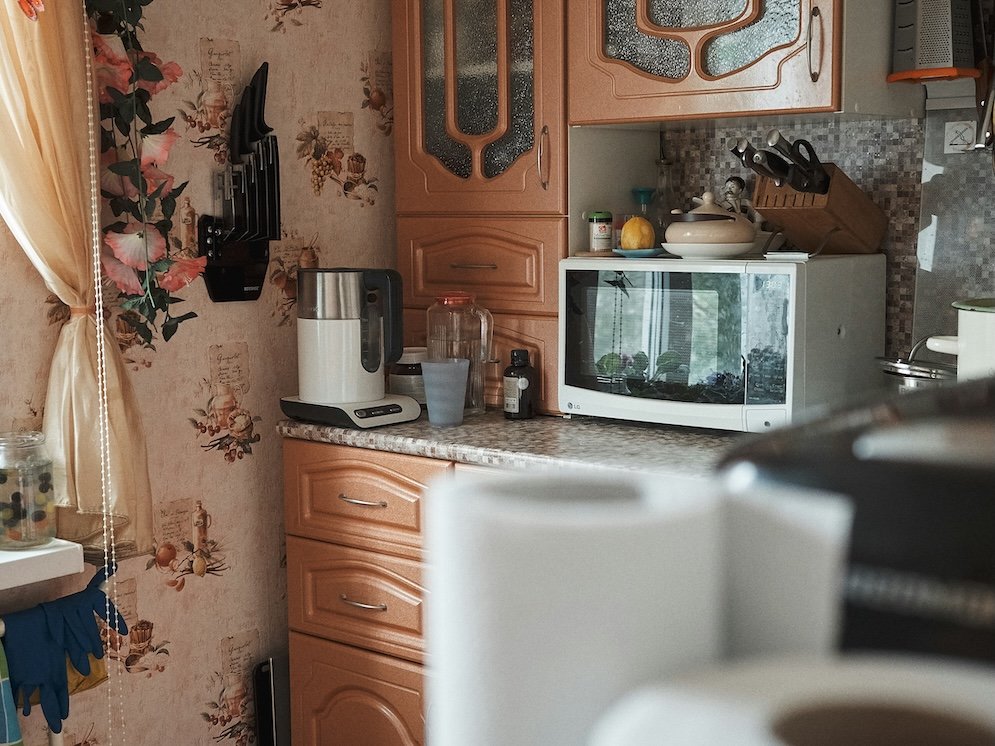
Microwaving Plastic Really Isn’t a Good Idea

WRITTEN BY
It’s so convenient. Throw that tupperware full of leftovers in the microwave and chow down on a steaming hot meal. Quick, easy, done. Lunch at work, college, or home. Why is it that most things that are convenient are not good for us? Well, microwaving plastic falls into that category: convenient and bad for us.
Here’s what actually happens when you throw that plastic takeout container in the microwave.
When plastic is heated the polymer matrix can degrade. And let me tell you, a degraded polymer matrix ain’t good!
That polymer matrix in plastic is like a brick wall, the polymers are the bricks and the mortar is the plasticizers and stabilizers, which are chemicals added to plastics to improve performance and durability, and connecting them makes it a matrix. When that brick wall experiences stress, like during an earthquake, it falls apart, spilling bricks and tiny pieces of mortar everywhere. Similarly, when plastic is microwaved the polymers break down releasing microplastics and chemicals into the nearby food or liquid.

Chemical leaching is not something you want to happen around your food. And it just so happens that many plastic products labeled as “microwave-safe” contain Bisphenol A (BPA), an additive that makes plastic stronger, more durable. It’s also very well researched and a known endocrine disruptor. Phthalates are another chemical added to plastic to add durability, and they linked with reproductive toxicity.
We got studies on this:
A review from the National Library of Medicine found detectable levels of BPA and phthalates in food items microwaved in plastic containers. The study concluded that heating increases the leaching rate of these chemicals.
A 2023 study by the American Chemical Society found chemical migration from food contact materials is significantly higher at elevated temperatures, particularly with acidic or fatty foods.
The University of Cincinnati College of Medicine did a study where they heated a polycarbonate container (plastic #7, almost all Tupperware is made from this) and they found it can release up to 55 times more BPA into food than storing it at room temperature.
The Center for Disease Control and Prevention (CDC) reports that 93% of Americans have detectable levels of BPA in their urine, a sign of widespread exposure. It’s not just microwaving plastic that leads to BPA in our bodies, but it’s one thing that we can control and eliminate to at least lower the concentrations of all that nasty BPA inside us.
Beyond BPA there are over 13,000 chemicals used in plastic production, and many are not fully assessed for safety, according to a 2023 United Nations study. Some of those 13,000 chemicals are probably also released into our food when we microwave plastic, and we have no idea the long term health consequences of all that junk.
Ok, so we know we don’t want chemicals of unknown safety in our food. But there’s more than just chemicals that leach when plastic is heated.
Say hello to microplastics.
“We are ingesting a credit card’s worth of plastic every week. The evidence of harm is mounting—microplastics are not just an environmental issue; they are a human health crisis.”
— Dr. Maria Neira, World Health Organization
Microplastics are defined as tiny fragments of plastic smaller than 5 millimeters. For reference a sesame seed is about 3-5 millimeters, but most microplastics are much smaller than that. Because they keep breaking down they can be as small as 1 nanometer, which is 80 thousand times smaller than the width of human hair.
These tiny plastic particles are too small to see and they are everywhere: from oceans and lakes to soil, air, and even polar regions. They contaminate marine life, drinking water, food, and household dust. We’re already exposed to PLENTY of microplastics, why increase our exposure by microwaving plastic?
The thing, we don’t know how bad microplastic are for us. But as research emerges, it’s not looking good. A few of the possible negative health effects include:
- Cardiovascular Risks: A study published in the New England Journal of Medicine found microplastics in arterial plaques, suggesting a link to increased risks of heart attacks and strokes.
Mayo Clinic News Network - Respiratory and Reproductive Health: Research from UC San Francisco indicates that microplastics may contribute to infertility, colon cancer, and respiratory illnesses by damaging cells, triggering inflammation, and disrupting gut bacteria.
New York Post - Cellular Damage: Studies in cell cultures and animal models have shown that microplastics can cause oxidative stress, inflammation, and DNA damage, which are known risks for cancer development.
Harvard Medicine Magazine
The full extent of health implications from microplastic exposure remains unclear. We’ll have to wait until more researchers publish their findings. I don’t know about you, but I’m gonna do everything I can to be proactive just in case microplastics are as detrimental as these early findings suggest.
I’ve been avoiding microwaving plastic for many years—it’s really not that difficult. When you’re reheating leftovers, or heating up a bag of frozen food, just take them out of their plastic container/bag and put them in a glass or ceramic plate or bowl.
Best microwaveable materials:
- Glass, it’s non-reactive, heat-safe, and won’t leach chemicals into food. An especially great alternative to tupperware. Although most glass pyrex storage containers still have plastic lids. Just be sure to take off the lid while microwaving.
- Ceramic, it’s what most plates, bowls, and mugs are made of, and it’s safe for reheating without releasing harmful substances IF there are no chips on it. Chipped ceramic dishes can release heavy metals, and bacteria also thrive in the porous exposed clay under the glaze.
Other accessible options:
- Food Grade Silicone, a plastic alternative that is safe and likely not toxic, as far as we know, although the fillers added to the silicone vary by manufacturer and may be questionable. It’s also essential not to heat silicone past 450º fahrenheit.
- Paper Plates, those basic, thin, super cheap ones. Don’t microwave the glossy paper plates and bowls, those have a plastic coating. Also, the classic foldable takeout boxes and paper to-go coffee cups are a no-go; they have plastic coatings.
In summary
Avoid microwaving all plastic, including takeout containers, tupperware, plastic coated paper plates, bowls, and cups, frozen meals in plastic containers/bags, and finally plastic wrap—that stuff will melt instantly.
The most essential part to avoiding microwaving plastic is to have dishes that aren’t plastic. If you insist on keeping your plastic kitchenware, please just don’t cook with it or microwave it. If you don’t have many glass or ceramic dishes, you can find them at thrift stores for great prices! Plus, sometimes you can find really cool and unique things. I’ve found ceramic and glass dishes at thrift stores made in Japan, USA, France, and Finland which would’ve cost many times more if I bought them new
It’s the little, intentional daily choices that make a lasting differences in our lives. I decided it’s time to stop microwaving plastic. Wanna join me?
